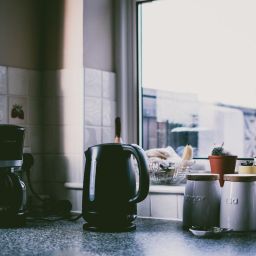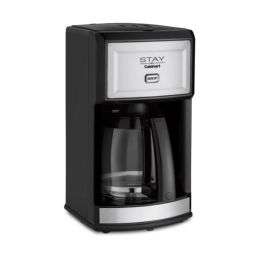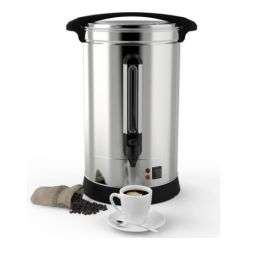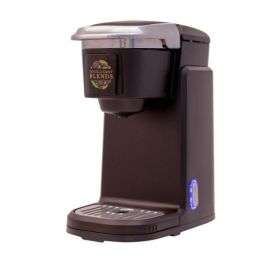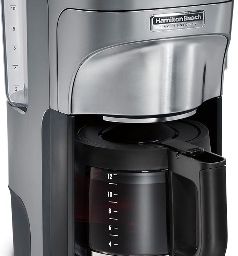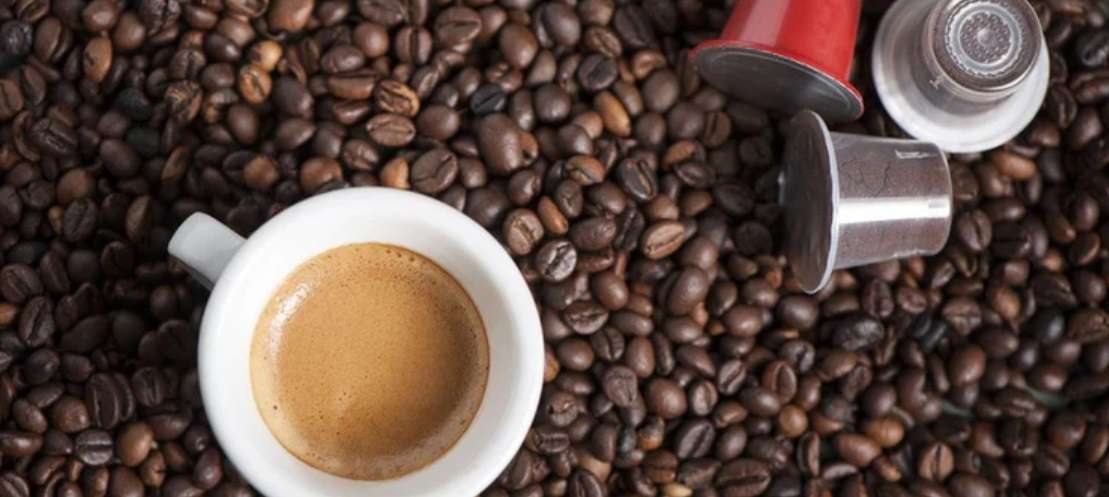
Ever found yourself eager for a coffee but without a filter in sight? Don’t worry, it’s not just a lesson in resourcefulness but an opportunity to explore and enjoy different coffee flavors. Brewing coffee without a filter can open up a new world of taste experiences and is surprisingly simple once you know how.
Key Takeaways
- Discover various filterless brewing methods.
- Learn the unique advantages of each method.
- Understand how to adapt and enjoy coffee, even when you’re out of filters.
- Gain insight into the subtle taste differences each method brings.
Brewing Coffee Using a Moka Pot
A Moka pot, often found in kitchens worldwide, is a fantastic way to brew rich, espresso-like coffee without needing a filter. Here’s a straightforward guide to using this classic device:
- Fill the Bottom Chamber: Add water to the Moka pot’s lower chamber, stopping at the valve level.
- Add Coffee Grounds: Place the coffee grounds in the filter basket. Don’t pack them too tightly; a gentle tap is enough.
- Assemble and Heat: Screw the top and bottom together tightly and place the pot on a heat source.
- Wait for the Coffee: Once you hear a gurgling sound, that’s your cue. The coffee is ready when the upper chamber is filled with a rich, aromatic brew.
- Serve and Enjoy: Remove the pot from heat, pour your coffee, and enjoy the robust flavors.
Utilizing Empty Tea Bags for Coffee Brewing
Empty tea bags offer a neat and innovative way to brew coffee without a traditional filter. Simply fill an empty tea bag with your favorite ground coffee. Seal the bag, then steep it in hot water much like you would with tea. This method allows for a clean brew without the hassle of coffee grounds in your cup. The best part? It’s straightforward, mess-free, and perfect for single servings. Whether you’re at home or on the go, using tea bags for your coffee can be a delightful twist to your daily routine.
Making Coffee in a Regular Pot
Brewing coffee in a regular pot is an age-old technique that’s simple yet effective. Start by combining water and coffee grounds in the pot. Bring it to a near boil, then simmer. The key is to let the coffee grounds settle at the bottom, which happens after a few minutes of removing the pot from heat. Carefully pour the coffee into your cup, avoiding the settled grounds.
This method might not yield the cleanest cup, but it’s a testament to coffee’s rustic and robust essence, perfect for those who enjoy a full-bodied brew.
Reusable Tea Bags and Socks as Coffee Filters
In the realm of coffee brewing, creativity knows no bounds. Reusable tea bags and even clean socks can serve as impromptu coffee filters. Fill a reusable tea bag or a new, clean sock with coffee grounds, secure it, and immerse it in hot water. The fabric acts as a filter, allowing the coffee to steep without letting grounds escape.
While unconventional, these methods reflect the adaptability of coffee enthusiasts. They’re a testament to the fact that with a bit of ingenuity, you can enjoy a good cup of coffee under nearly any circumstances.
Exploring French Press, Turkish Coffee, and Cowboy Coffee
French press coffee is all about simplicity and rich flavor. You start by adding coarsely ground coffee to the press, followed by hot water. After a stir, let it steep for about four minutes, then press the plunger down to separate the grounds from the coffee. The result is a robust and full-bodied cup.
Turkish coffee, on the other hand, is a more intricate affair. You’ll need very finely ground coffee, water, and sugar if you like. Combine them in a cezve, a small Turkish pot, and heat until it foams. Serve immediately after letting the grounds settle, experiencing a strong and aromatic brew.
Cowboy coffee is as rustic as it sounds. Combine water and coarse grounds in a pot and bring to a boil. After removing it from the heat, let the grounds settle before pouring your coffee. It’s a straightforward method that delivers a bold flavor, reminiscent of the old West.
Innovative Methods: Moka Pot, AeroPress, and Chemex
The Moka Pot is a stovetop device that brews coffee by passing boiling water pressurized by steam through ground coffee. It’s known for producing a concentrated and espresso-like coffee. Just fill the bottom with water, add coffee to the filter, and place it on the stove. Once the coffee bubbles into the upper chamber, it’s ready.
The AeroPress is a relatively new but popular method, offering a quick and customizable brewing process. Add ground coffee and hot water to the chamber, stir, and then press through a filter directly into your cup. The result is a clean, rich coffee that you can tweak to your preference.
Additional Methods: Swedish Coffee, Iced Coffee, and Using Instant Coffee Powder
Swedish coffee is quite unique, involving an unexpected ingredient – an egg. You mix the egg with coffee grounds, creating a paste, then boil it in water. The egg clarifies the coffee, trapping grounds for a clear brew. Once boiled, add a bit of cold water to settle the grounds at the bottom. It’s a traditional method that offers a clean, distinct flavor.
Iced coffee without a filter can be a refreshing alternative. Start with a strong coffee concentrate: mix ground coffee with cold water and let it steep overnight in the fridge. Strain the mixture through a cloth to remove the grounds, then pour over ice. Add milk or sweetener to taste, and you’ve got a cool, energizing drink.
Instant coffee powder is a straightforward solution when you’re filter-less. Simply dissolve the coffee powder in hot water, stir, and your coffee is ready. It’s not just about convenience; with the right brand and preparation, instant coffee can be quite satisfying.
Drip Coffee and Percolator Coffee Without a Filter
Making drip coffee without a filter is a simple matter of improvisation. Place your coffee grounds directly in the basket. Yes, some grounds might end up in your cup, but letting the coffee sit a bit before pouring can minimize this. The essence of coffee is captured in its simplicity and immediacy.
Percolator coffee is another robust option. Add coffee directly to the percolator basket, and brew as usual. The method is similar to cowboy coffee but in a more contained setup. It results in a strong, hearty cup, echoing a traditional, time-honored way of making coffee.
FAQs
Is it safe to brew coffee without a filter? Absolutely. Many traditional coffee brewing methods don’t require filters and are perfectly safe. However, remember that unfiltered coffee might contain more oils and diterpenes, which could affect cholesterol levels if consumed in large amounts.
Can I use any fabric as a makeshift coffee filter? While you can get creative, not all materials are equal. Natural fibers like cotton or linen are preferable as they don’t impart flavors to your coffee. Ensure the material is clean and hasn’t been treated with chemicals.
Will the coffee taste different without a filter? Yes, each method brings out unique flavors and body in the coffee. For instance, French press coffee is known for its rich body, while a Moka pot offers a more espresso-like experience.
Final Thoughts
Exploring coffee brewing without a filter isn’t just about overcoming a missing coffee filter; it’s an invitation to experience coffee in its diverse forms. Whether you’re using a French press, a Moka pot, or even a clean sock, each method offers a unique twist on your daily brew. So next time you’re filter-less, view it as an opportunity to experiment and perhaps discover your new favorite brewing method.



